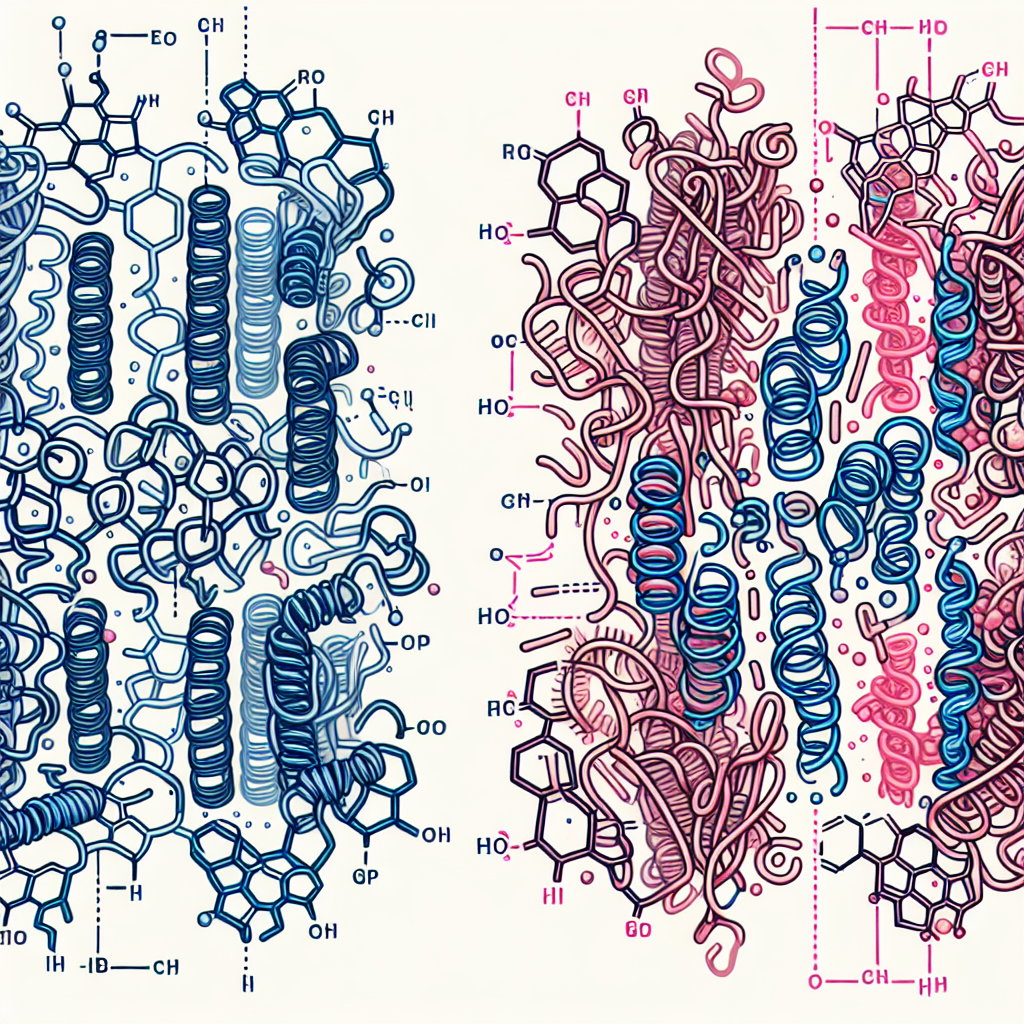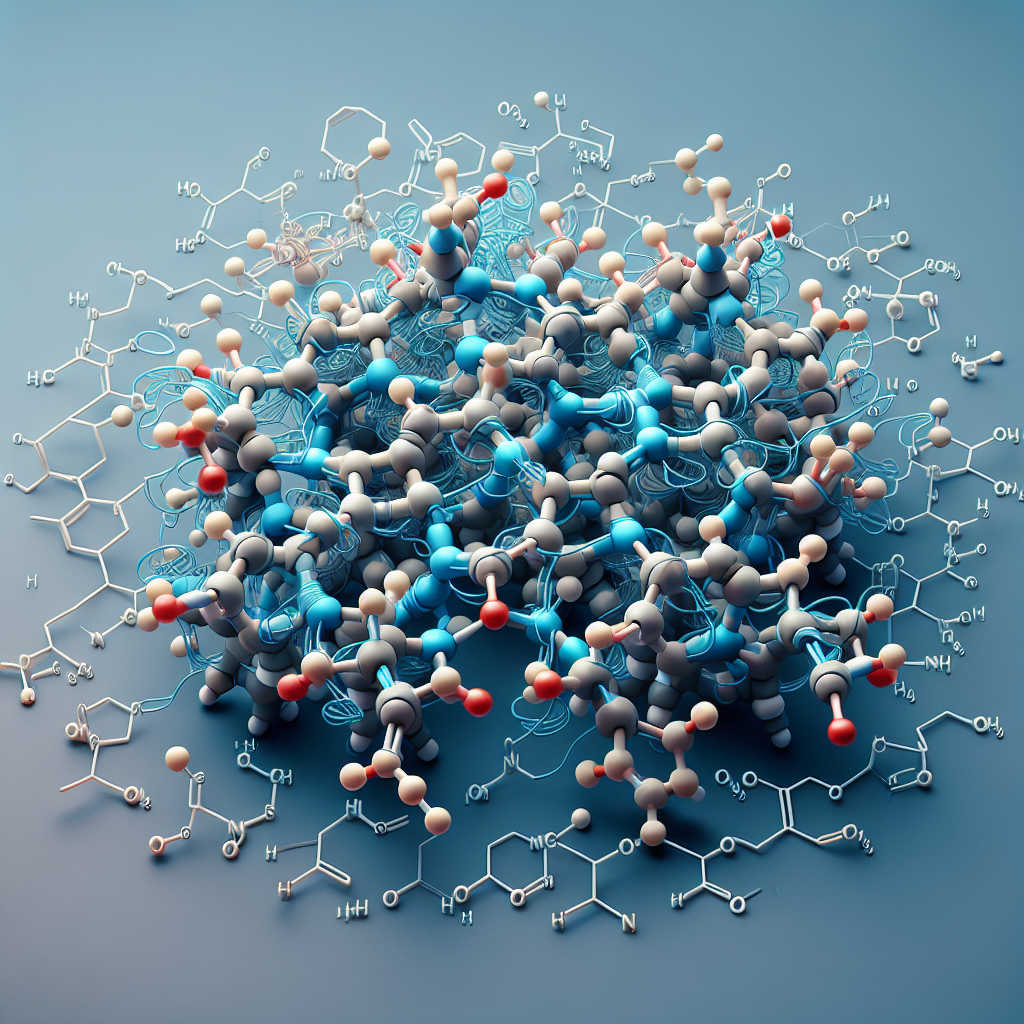
GLP-1 vs GLP-2: Comparing Functions in Research
```

In the realm of scientific research, particularly in the study of peptides, two names frequently surface: GLP-1 and GLP-2. These glucagon-like peptides play a crucial role in various physiological processes within the human body. Understanding their activity is essential for researchers aiming to develop treatments for metabolic and gastrointestinal disorders. Both peptides are derived from the proglucagon gene, yet they exhibit distinct functions that make them subjects of intense study.
GLP-1, or Glucagon-Like Peptide 1, is primarily known for its role in glucose metabolism. It stimulates insulin secretion while inhibiting glucagon release, making it a pivotal player in blood sugar regulation. As a result, GLP-1 has become a focal point in diabetes research, with many studies investigating its potential as a therapeutic agent. Researchers are particularly interested in how GLP-1 receptor agonists can be used to manage type 2 diabetes effectively.
On the other hand, GLP-2, or Glucagon-Like Peptide 2, is predominantly involved in intestinal growth and function. It promotes nutrient absorption by enhancing the growth of intestinal mucosa and reducing gut permeability. This makes GLP-2 an intriguing candidate for addressing conditions such as short bowel syndrome and other gastrointestinal diseases. Scientists continue to explore its therapeutic benefits and how it might complement existing treatments.

The activities of GLP-1 and GLP-2 are often compared to understand their unique contributions to human health. Researchers utilize various methods such as animal models, cell cultures, and clinical trials to study these peptides. By comparing their effects on different bodily functions, scientists aim to harness their potential in developing new medications.
Moreover, advancements in peptide synthesis have allowed for more detailed investigations into their mechanisms of action. This has opened doors to novel drug designs that could target specific pathways influenced by GLP-1 and GLP-2. As researchers delve deeper into these areas, they uncover more about how these peptides can be used therapeutically.

In conclusion, while both GLP-1 and GLP-2 originate from the same gene, their diverse roles offer unique opportunities for medical advancements. As research progresses, understanding their individual and combined effects could lead to groundbreaking therapies for metabolic and gastrointestinal disorders. The scientific community remains optimistic about the future applications of these powerful peptides.
 ```
```
